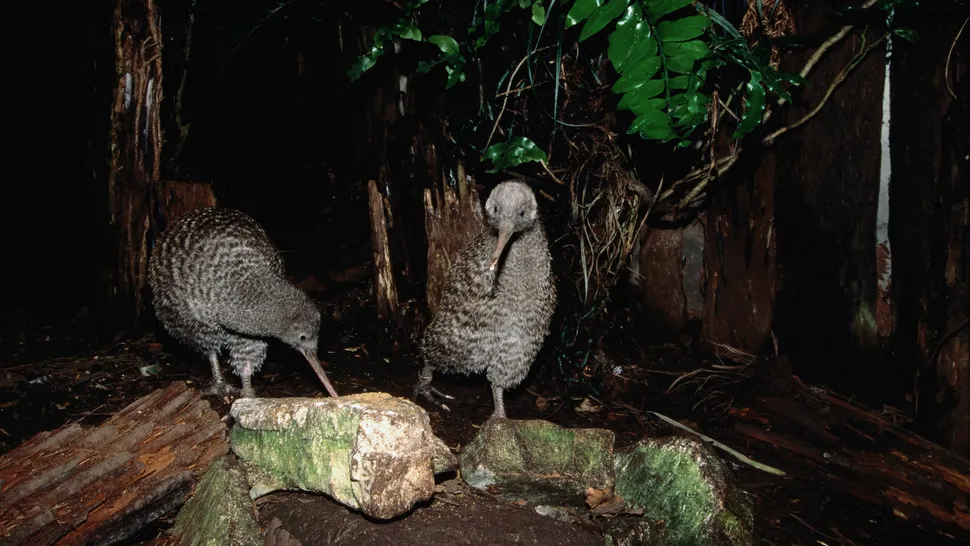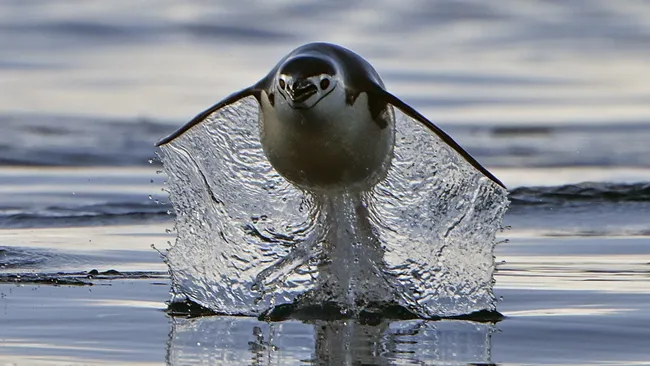Why don’t some birds, like penguins, ostriches and kiwis, take to the skies?
Birds are often linked with flight, but around 60 species—less than 1% of all bird species—are flightless, including ostriches, penguins, and kiwis. These species evolved from flying ancestors but lost the ability to fly, adapting instead to life on land or in water.
Why did some birds give up flight?
Flight offers many advantages, such as escaping predators and traveling over long distances for food and shelter. However, flying requires significant energy; birds use about 75% more energy per day than similarly sized mammals. For some birds, flight is not necessary. When living in environments with fewer predators and little need for migration, the energy cost of flying may outweigh its benefits.
Natalie Wright, an associate professor of biology, notes that in such situations, birds may evolve to invest their energy elsewhere, such as in reproduction or survival in more stable environments.
Flightlessness and Island Life

One of the main reasons certain birds lose the ability to fly is their island environments, where they often face little to no predation and limited competition for resources. A 2016 study by Wright and colleagues found that birds on islands often evolve flightlessness. Without the need to escape predators or migrate, flight becomes an unnecessary energy drain. Island birds tend to have more terrestrial adaptations instead.
Physical Adaptations to Flightlessness
As birds evolve toward flightlessness, several physical changes occur:
- Shrinking of flight muscles: The pectoral muscles, responsible for flight, reduce in size.
- Reduction in sternum and keel: The sternum (breastbone), where flight muscles attach, becomes smaller.
- Shorter wing bones: The humerus, ulna, and carpometacarpus become less robust and shorter.
- Stronger legs: As flight diminishes, their legs grow longer and sturdier to support a more land-based lifestyle.
Flightlessness and Swimming
Some birds that lost flight instead became better swimmers. For example, penguins retained their flight muscles and keel, but repurposed them for swimming, essentially “flying” underwater. Similarly, the auk used its wings to propel itself through water.
In flightless birds, physical changes also occur in the feathers. Birds that have been flightless for long periods lose their flight feathers—the long, stiff feathers necessary for flying. In species like kiwis and the Inaccessible Island rail, the body feathers lose the barbules (tiny, hook-like structures that normally maintain aerodynamics), making them fluffier and more fur-like.
Evolutionary Insights
A 2025 study in Evolution revealed that skeletal changes precede feather changes in flightless birds, as it takes more energy to grow and maintain bones than feathers. Interestingly, flightless birds tend to lose feather features in the reverse order of how these features evolved initially.
Extinction of Flightless Birds
Though flightless birds were more common and diverse in the past, their decline is linked to human activities. When humans and other predators (like rats and dogs) arrived on islands, these flightless birds had no defense against new threats. Having already given up their ability to fly, they could not re-evolve this trait in time to escape the new predators. This led to the extinction of iconic flightless species, such as the dodo and moa.
A 2020 study co-authored by Tim Blackburn found that human-driven extinctions were a major factor in the loss of flightless bird species. If not for human activity, there would be four times as many flightless bird species on Earth today.
In summary, flightless birds evolved due to environmental factors that made flight unnecessary, especially in predator-free habitats. However, the arrival of humans and invasive species has greatly impacted these birds’ survival, leading to many extinctions and significantly reducing their numbers today.
